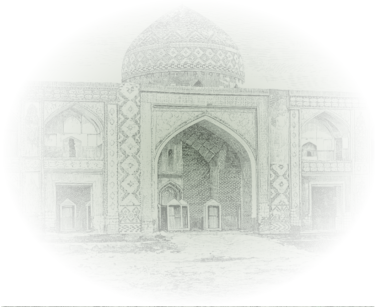Mirali Miralakbar oghlu Seyidov was born on October 18, 1918 in Iravan. He received his primary education there, in 1938 he graduated from the technical school of hydromelioration named after S. Agamalioglu in Baku and entered the Azerbaijan branch of the Iravan Pedagogical Institute. In 1941, he entered the Persian language department of the Faculty of Oriental Studies of Iravan State University and successfully graduated from the university in 1945. Until 1947, he worked as a literary worker, head of department, and deputy responsible secretary in the “Soviet Armenia” newspaper. He published his first articles and essays in this newspaper.
Between 1947 and 1953, Mirali Seyidov worked as head of the Azerbaijani medieval literature department of the Museum of Literature named after Nizami. In 1953, he defended his candidacy thesis on “Life and creativity of Sayat Nova”. A year later, his book “Sayat Nova” was published.
M.Seyidov worked in the Middle Ages department at the Institute of Language and Literature named after Nizami, and then at the Literary Relations department. In 1963, the researcher’s book “Govsi Tabrizi” was published. For many years (1967–1980) he headed the Department of Literary Relations.
A major branch of M.Seyidov’s creativity covers Azerbaijan-Armenian literary relations. He defended his doctoral dissertation in this field in 1969. Azerbaijani scientist Mirali Seyidov was the first to use the Armenian resources in Iravan as a researcher. Based on Armenian sources, Mirali Seyidov showed that a number of Azerbaijani epics “Ashiq Garib”, “Shahsanam”, “Shah Ismayil and Gulzar”, “Asli and Karam” etc. were widely used among Armenians in the 10th-14th centuries.
Mirali Seyidov has been a member of the Azerbaijani Writers’ Union since 1976, in 1979 he was awarded the scientific title of professor, and in 1982 he was awarded the honorary title of “Honored Scientist”.
Mirali Seyidov died on April 26, 1992. One of the streets of Baku was named after him, and a commemorative plaque was placed on the wall of the house where he lived.
Source:
Əsgər Zeynalov, İrəvan ziyalıları (Bakı: Oğuz eli, 1999)
